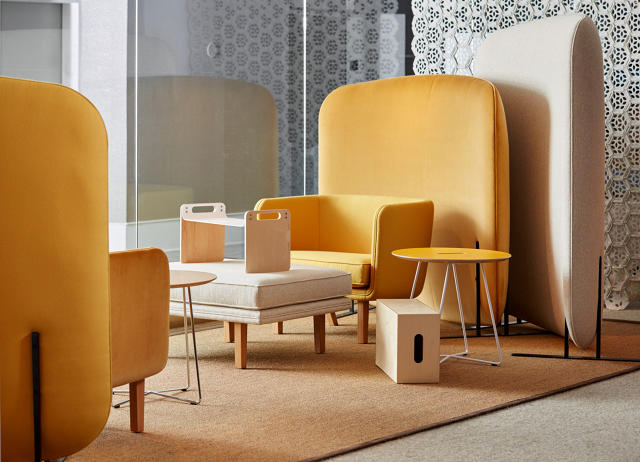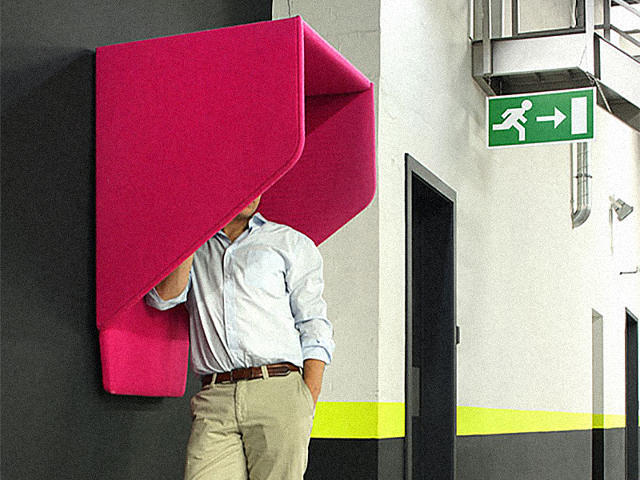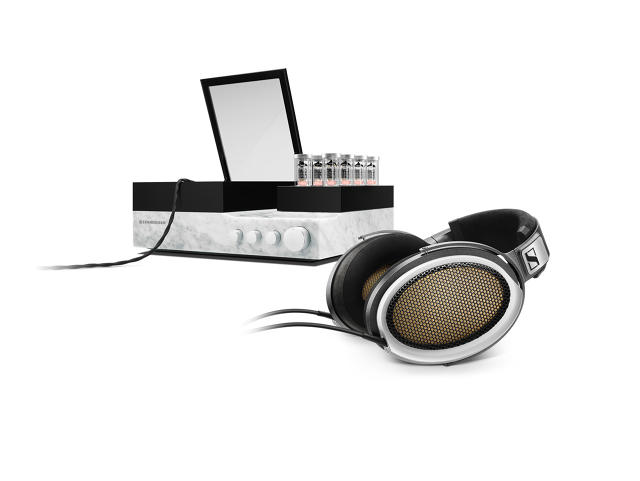Do expensive amenities like great food and game rooms really attract the best employees? That's been the conventional wisdom for the past decade. But more and more offices are rethinking what the most meaningful perks are—doing away with cafeterias for more vacation time, for example.
While some argue that unlocking engagement from millennial workers lies in playground-like offices, CityLab highlights a new survey that says that it's peace and quiet that's the real key. Carried out by Oxford Economics (a spin-off organization of Oxford University), the results revealed that uninterrupted work time was at the top of most of the 1,200 respondents' wish lists. Meanwhile, none said that free food was the most important.
Surprisingly, the study revealed that millennial workers were the most vocal about noise complaints: 74% of people surveyed worked in open offices—a once-popular design strategy that's seeing more and more backlash. Because of the rising cost of real estate, it's unlikely that we'll all receive private offices anytime soon, but there are some design strategies that can mitigate noise and distractions to help people concentrate and get more work done. We share 10 ideas below, ranging from larger interventions to quick fixes.

1. Think About Adjacencies
"The most important thing to remember about sound is that it is relative," Robert Benson, a principal and design leader at the global architecture firm CannonDesign says. "Reducing sound may actually make the 'noise' worse. Imagine sitting in a charming cafe. Twenty people chatting about their day and you are able to read a book because the sound is even. There is a nice din that becomes background allowing you to focus. Now imagine that there is only one other table occupied in the cafe. The conversation at that table is really the only sound being made in the space. You hear every word, and it is as if they are chatting inside your head. The go-to strategy is to match the energy in the workspace. Open meeting areas should be adjacent to circulation or other sound-producing areas. Gather quieter spaces near each other."
2. Designate Spaces For Concentration
"Providing spaces for concentration is easy—just don't expect a workstation to do it," Benson says. "The challenge now and tomorrow is maintaining the right level of energy. Walking into a deadly quiet workspace is not inspiring. More and more people want to be part of a team that is collaborating. They want to see activity. They want to see the mission of the organization happen."

The furniture company Steelcase and writer Susan Cain collaborated on these workspaces (also shown above) that offer communal semi-private space that's still visually connected to the rest of the office. In renovating its HQ in Minnesota, 3M is dedicating communal spaces for either quiet work or conversational, collaborative work to help control activity and noise.
3. Offer Plenty Of Choice
"Allowing users in a workspace to relocate—or flow—to spaces that suit their needs, at that moment, increases productivity and satisfaction in the workplace," Benson says. "Secondly understanding the type of work happening throughout the workforce is critical. Quiet zones, similar to that deployed on commuter rails, are becoming more and more popular."

Rockwell Group and Knoll recently collaborated on a collection of more than 30 different office furnishings, which were conceived as stage set-style pieces that offices could pick and choose from to create flexible work areas that make the most sense for their specific needs. For example, a modular wall panel system offers the ability to create semi-private rooms within an open office and movable sound-absorbing privacy screens—like the ones shown above—offer diversity to an office's layout.
4. Consider Phone Booths
Yammering on the horn is a necessity for many jobs, yet there are few things more annoying than hearing one side of the conversation from a loud talker.

"When we first started designing office spaces, we would focus on bare minimum needs: a few break-out spaces, conference rooms, and smaller break-out rooms," says Shelly Lynch-Sparks, head of commercial design at the interior design agency Homepolish. "Now we are installing more phone rooms." She recommends freestanding, acoustically insulated booths from Framery. If those are too bulky for an office, Lynch-Sparks also recommends the wall-mounted Buzzihood to help muffle sound from phone calls.

5. Invest In The Right Furniture
"Furniture solutions are a great, cost-effective way to provide acoustical and visual privacy in an open-office environment," says Jeannette Peruchini, interior design associate director at Skidmore, Owings & Merrill. "I recently used rotating acoustical blinds by BuzziBlinds as a way to absorb sound and provide visual privacy in an existing office space. Steelcase's Brody Worklounge has also been a client favorite. It provides workers a place to get away while still being in the office."
The Swedish brand Glimarka makes handsome workstations and storage cabinets covered with plush acoustic panels, which help absorb sound.

6. Roll Out The Partitions
For both visual and acoustic separation, Layer—an industrial design firm fronted by Benjamin Hubert—designed modular acoustic panels for the textile brand Woven Image that clip together like a honeycomb. The system is freestanding so it doesn't involve intensive installation, and can be moved if needed and easily expanded.

7. Install Walls—And Sculptural Ceilings
The Italian furniture company Arper recently released the freestanding Parentesit wall system by the design firm Lievore Altherr Molina, which is inspired by Japanese architecture. The wall assemblies are modular, so users can customize their size and configuration.

"For new build-out projects, I like Arktura's Ceiling Systems," Peruchini says. "They have a variety of standard panel options, or they can be customized to fit a client's needs. The options are endless."
8. Offer A Space For Shut-Eye
If the barrage of a noisy office is too much, how about a restorative nap? The company MetroNaps makes Space Age pods that allow employees to nab 40 winks comfortably.

9. Put On Blinders
While freestanding wall systems might work for offices with room to spare, the reality is that most are crunched for space. A student at Lund University developed a clever solution: a lamp with an enormous shade that's set on a hinge so users can angle it to block their field of vision.

10. A Last Resort? Headphones
If your office isn't going to invest in a renovation or new furniture anytime soon, there are always headphones. A word of advice: spring for noise canceling.
